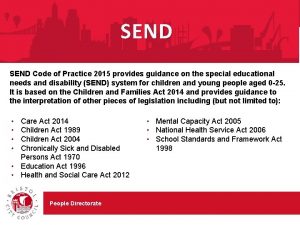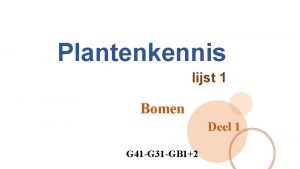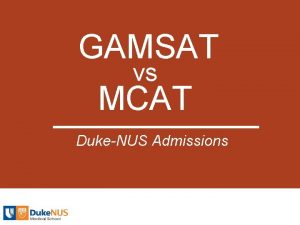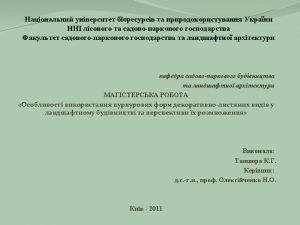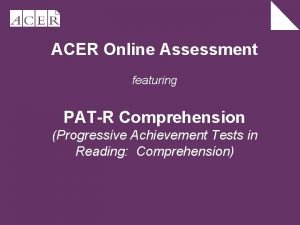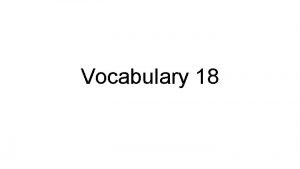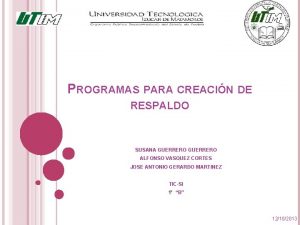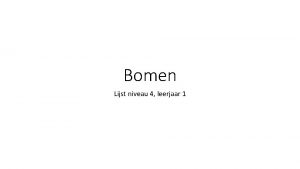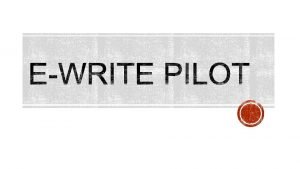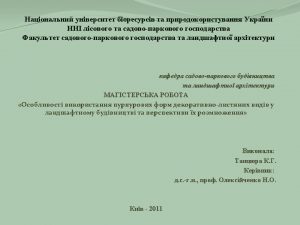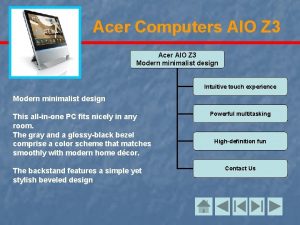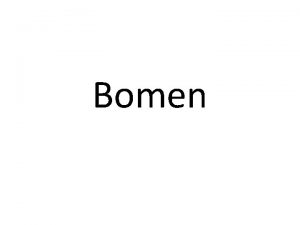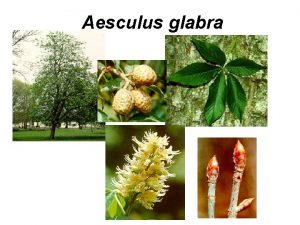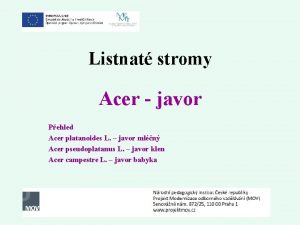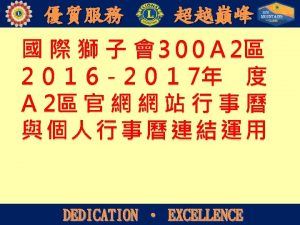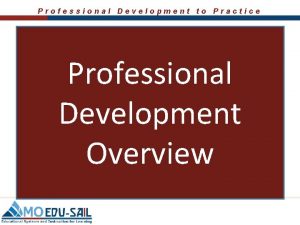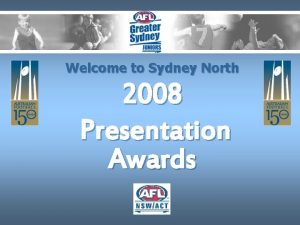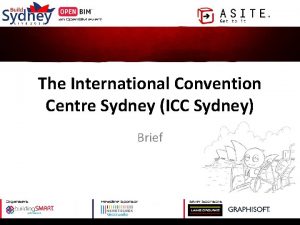ACER Excellence in Professional Practice Conference 2015 Sydney


























- Slides: 26

ACER Excellence in Professional Practice Conference 2015 Sydney 21 -23 May Canberra College Peter Clayden

HOW DO WE HELP CLASSROOM TEACHERS TO IMPROVE THE QUALITY OF THEIR ASSESSMENT TASKS?

In my view we need to provide a clearly defined consistent pathway to ground teachers approach to set quality tasks https: //openstudiosdaylesford. files. wordpress. com/2012/09/img_7531 bss. jpg

Systematic scaffolded design can support teachers in all subjects at all year levels to know they have designed quality tasks. http: //www. castlebuildscaffolding. co. uk/graphics/gallery. Top. jpg

Wonderful outcomes can be the result http: //upload. wikimedia. org/wikipedia/commons/thumb/e/e 5/Sydney_Opera_House_2 -. JPG/800 px-Sydney_Opera_House_2 -. JPG

Often it is only a tweak of an existing task that enables the designer to know they have designed a quality task https: //linniew. files. wordpress. com/2011/08/peak-scaffold 1. jpg

There are many paths people can take to improve the quality of assessment tasks

What path does your school take? • Is there a pedagogical framework your school utilises to support the review of assessment tasks? • Does this framework explicitly provide opportunities FOR YOU TO KNOW if your task is a quality task - or NOT?

Currently in Australia, there are national approaches which support school leaders to review and reflect on their school path. The National School Improvement Tool http: //www. acer. edu. au/school-improvement and the Australian Professional Standard for Principals http: //www. aitsl. edu. au/australian-professionalstandard-for-principals Both define the need for schools to utilise a pedagogical framework without prescribing one.

One way I have experienced gives me confidence that teachers are able to review their task and know if it is a quality task or not. This is by using the pedagogical framework known as the Quality Teaching Model as developed by Professor Jenny Gore and others at the University of Newcastle in Australia.

My experience of using the QT Model in the ACT • 2007 - Executive staff identified the need to improve the quality of set tasks at senior college level in all subjects across 3 schools • 2009 and 2014 ACTETD purchased the licence from NSWDECS to utilise the Quality Teaching Model resources • By 2010, over 150 staff in the 3 schools I worked with, had used the QT model as the guide to review, conference and refine set tasks • 100’s of staff evaluations demonstrated significant increase in staff satisfaction about the quality of set tasks. – 95% felt they had improved the quality of set tasks. – 98% valued having professional conversations about their practice.

My experience of using the QT Model in the ACT • 100’s of student unit evaluations demonstrated increased satisfaction in the clarity of set tasks and marking regimes as well as interest in what was being studied • 2014 - 85 % of staff chose to continue to participate in professional processes of reviewing tasks using the QT Model • Assessment coordinators noted a clear improvement in differentiation in marking spreadsheets • Data from over reviewed 100 assessment tasks demonstrated increased coding

Mapping Evidence For reviewing an assessment task. Based on an assessment task, collaborative QT coding and professional . conversation and revised assessment task. e = explicit reference i = implied Utilising “An Assessment Practice Guide Quality Teaching in ACT Schools” and AITSL Australian Professional Standards for Teachers Mapping Conducted by Peter Clayden and Judy Van Rijswijk Canberra College May 2013 Professional engagement 5. 4 5. 5 6. 1 - - - i i ? ? e i 7. Engage professionally with colleagues, parents, carers and the community 7. 4 5. 3 6. 4 5. 2 6. 2 5. 1 ? - 4. 5 e - - e i - e e e - - - e e e i e e - e i - - i e e e i i - - - - i i e - - - i i i - - - e i - i i i - e - i - e i i - - - e - i - - e e e - i - - - i - e i i e e i - e e e i i e - i i i - - - - - Professional Practice: - i Professional Practice: e e i i i - - e i - i e - - - e e e i i i Professional Engagement: - Professional Engagement: e - i e i i - - - e i - - - i i i - - - i - i - i i i i - - - e - - - i i - - i e - - i i i - - - e i i i - i e e e i i i - e e i i - i i i - - i - High Expectations e e e i e e i i i - e i i - - - - - Student Direction i i i i - - i i - Background knowledge e i i - - - - - i i e e - - Significance Cultural Knowledge e i i - - e - - i i - e i i - - - - Knowledge integration - i i - - - - e - - - - - connectedness i i i - e - - - i i - e e i - - - Narrative - e i - e - - - i i i e i i - - - Environment 4. 4 - Substantive communication Explicit Quality Criteria Quality Learning 6. Engage in professional learning 4. 3 e e - 4. 2 - 3. 7 - 3. 6 i 3. 5 3. 2 3. 4 3. 1 - Professional Practice metalanguage e i 5. Assess, provide feedback and report on student learning Professional Knowledge Higher Order Thinking i 4. Create and maintain supportive and safe learning environments Professional Knowledge Problematic Knowledge - 2. 6 i - 2. 5 Deep Understanding Plan for and implement effective teaching and learning 2. 4 ? - 2. 3 - 2. 2 1. 3 - 2. 1 1. 2 Deep Knowledge 1. 6 1. 1 Intellectual Quality 1. 5 QT Element 1. 4 QT Dimension 1. Know the content and how to teach it 1. Know students and how they learn 3. 3 1. 4. 1 7. 3 7. 2 Professional Practice 7. 1 Professional Knowledge 6. 3 i e e e e e

What excites me about the QT Model • Staff know if their assessment task provides high level opportunities for intellectual quality, significance and quality learning environment or NOT. • Coding leads to professional conversations and reflection. • Recent Australian research proves increased coding of assessment task improves student outcomes • Mapping illustrates that professional conversations about tasks using the QT Model provides enables staff to demonstrate significant numbers of elements of the Australian professional Standards for teachers. (See handout)

What excites me about the QT Model • Allows focus on our core business • Gives leaders scaffolded direction to help teachers focus on core business • Gives leaders permission to reduce administrative meetings – Canberra college reduced formal staff meetings by 50% in 2015 to acknowledge the professional learning time required to be involved in professional learning communities for QT Rounds •

How do I know the QT model improves student outcomes? § Systemic Implications of Pedagogy and Achievement in NSW Public Schools (SIPA): an ARC Linkage Grant with the NSW Department of Education and Training, 2004 – 2007. Gore, Ladwig, Griffiths, Amosa § Effective Implementation of Pedagogical Reform (EIPR): an ARC Linkage Grant with the Parramatta Catholic Education Office, 2009– 2012. Gore, Miller, Bowe § Investigating Quality Teaching Rounds to Support Teacher Professional Learning (ACT QTR): a pilot study with ACT Education and Training Directorate, 2012. Gore, Bowe, Smith and Mockler source - Professor Jenny Gore, The University of Newcastle, Australia | 16

The Quality Teaching Model 3 dimensions and 18 elements INTELLECTUAL QUALITY LEARNING ENVIRONMENT SIGNIFICANCE Deep Knowledge Explicit Quality Criteria Background Knowledge Deep Understanding Engagement* * Cultural Knowledge Problematic Knowledge High Expectations Knowledge Integration Higher-order Thinking Social Support* * Inclusivity* * Metalanguage Student Selfregulation** Connectedness Note: ** Marked elements do not pertain Substantive Student Direction Narrative to the coding of assessment practice. Communication source - Professor Jenny Gore, The University of Newcastle, Australia| 17

A quick example of using the QT Model to reflect on an Assessment task • Look at versions 1 and 2 of the provided Japanese assessment task. • code for 2 elements of the QT Model on the sheet provided • Use your coded numbers to frame the professional conversation with colleague/s to reflect on and review practice. • Should the teacher make a change?

Example QT coding scale Higher Order Thinking Dimension = Intellectual Quality To what extent does the task require students to organise, reorganise, apply, analyse, synthesise and evaluate knowledge and information? 1 2 3 4 The task requires students to demonstrate only lower order thinking. The task requires predominantly lower order thinking, but at some point students are required to demonstrate higher order thinking as a minor diversion. The task requires predominantly lower order thinking, but there is at least one significant question or activity which requires studnets to demonstrate higher order thinking A substantial part of the task requires students to to demonstrate higher order thinking. Throughout the task students are required to demonstrate higher order thinking. (NSW DEC, 2003) 5 source - Professor Jenny Gore, The University of Newcastle, Australia | 19

Example QT coding scale Explicit Quality Criteria Environment Dimension = Quality Learning To what extent does the task provide explicit criteria for the quality of work which students are expected to produce, and use those criteria as a reference point for assessing the students’ work? 1 No explicit statements regarding he quality of work are made. Only technical and procedural criteria are made explicit 2 Only vague statements are made regarding the desired quality of work. 3 Clear statements are made regarding the quality of work. , but there is little elaboration of what it means to do well. 4 Clear statements are made regarding the quality of work and there is some elaboration of what it means to do well. (NSW DEC, 2003) 5 Statements regarding the quality of work are made explicit and it is clear how this criteria will be used in assessing work. source - Professor Jenny Gore, The University of Newcastle, Australia | 20

QT Coding for HOT and Explicit Quality Criteria Element Evidence QT Code 1. 4 Higher Order Thinking 2. 1 Explicit Quality Criteria Element 1. 4 Higher Order Thinking 2. 1 Explicit Quality Criteria Evidence QT Code

Peter’s QT Coding for HOT and Explicit Quality Criteria Element Evidence QT Code 1. 4 Higher Order Thinking Translations can be seen to require higher order thinking skills. Version 1 doesn’t seem to require thinking beyond direct translation. 2 In version 1, there was no clarity on the style of response 2. 1 Explicit Quality Criteria expected. Is it just straight repeat of what is in the letter? 1 The marking scheme gives you a very limited idea of what a teacher is valuing. Element Evidence QT Code 1. 4 Higher Order Thinking Version 2 moves from simple translation to extensive requirement of forming judgements of meaning and layered questioning. This requires reorganising, evaluating knowledge and information. The version 2 still isn’t explicit in what length or depth or type of response is required for each question or what weighting 4 2. 1 Explicit Quality Criteria there is. Still lacking explicit weighting and indication of depth required and style of response expected. 1

What does the coding do? • It guides the professional conversation to allow review and reflection of the quality of the assessment task. • It scaffolds an approach on how to build the quality of the task • It empowers the teacher to reflect on – The purpose of the task – What you value and what you want students to value – The need for tweaking – How the item fits in with other tasks – Ideas presented by others

Comment on the process • The coding is powerful as a tool to guide, inform and lead a conversation. • Its explicit nature creates a consistent frame of reference that has been researched and is known to improve student outcomes if consistently adhered to for all age groups and subject areas. • I claim this pedagogical framework allows teachers to know if the assessment tasks they design are quality items or not

Wonderful outcomes can be the result http: //www. beautifulaccommodation. com/blog/australias-best-beach-houses

References Bowe, J. M. , & Gore, J. M. (2012, April). Reassembling teacher professional learning. Paper presented at the American Educational Research Association Annual Meeting, Vancouver, Canada. City, E. A. , Elmore, R. F. , Fiarman, S. E. , & Teitel, L. (2009). Instructional rounds in education: A network approach to improving teaching and learning. Cambridge, MA: Harvard Education. Elmore, R. F. (2007). Professional networks and school improvement. School Administrator, 64(4), 20– 25. Gore, J. M. (2007). Improving pedagogy: Challenges of moving teachers toward higher levels of Quality Teaching. In J. Butcher & J. Asher (Eds. ), Making a difference: Challenges for teachers, teaching and teacher education (pp. 15 -33). New York: Sense. Gore, J. , Bowe, J. , Mockler, N. , Smith, M. , Ellis, H. , & Lyell, A. (2013). Investigating ‘Quality Teaching Rounds’ to support teacher professional learning: Research report. Newcastle, NSW: The University of Newcastle. Ladwig, J. G. (2005). Monitoring the quality of pedagogy. Leading and Managing, 11(2), 70– 83. NSW Department of Education and Training (2003). Quality teaching in NSW public schools: A classroom practice guide. Sydney, Australia: Author. source - Professor Jenny Gore, The University of Newcastle, Australia | 26
 Led conference 2015
Led conference 2015 Edge conference 2015
Edge conference 2015 Insight 2015 conference
Insight 2015 conference Excelsior scholarship contract
Excelsior scholarship contract Code of practice 2015
Code of practice 2015 Acer pseudoplatanus knop
Acer pseudoplatanus knop Gamsat duration
Gamsat duration Isa international school assessment
Isa international school assessment Acer acris acre declinazione
Acer acris acre declinazione Mcat vs gamsat
Mcat vs gamsat Xr-341
Xr-341 Acer pseudoplatanum
Acer pseudoplatanum Acer oars
Acer oars Acer empowering people
Acer empowering people Acer acris acre
Acer acris acre Acer druvers
Acer druvers Acer p 5530
Acer p 5530 Acer campestre knoppen
Acer campestre knoppen Oars acer pat
Oars acer pat Pulveres simplices
Pulveres simplices Alberto pototschnig
Alberto pototschnig Acer fastigiata
Acer fastigiata Acer ewrite
Acer ewrite Adjektiva 3. deklinace
Adjektiva 3. deklinace Classification of maize seed
Classification of maize seed 2017 asco oncology practice conference
2017 asco oncology practice conference Professional practice days
Professional practice days




